Is Vietnamese Cinnamon Toxic? The Spicy Truth Revealed!
If you’ve ever baked a cozy pie or sipped on mulled wine during the holidays, you’ve probably encountered the warm, sweet aroma of cinnamon. But when it comes to types of cinnamon, not all are created equal. Lately, there’s been a lot of chatter around Vietnamese cinnamon, also known as Saigon cinnamon — and one big question: is Vietnamese cinnamon toxic?
In this blog post, we’ll dive into the facts, myths, and science behind Vietnamese cinnamon. Whether you're a culinary enthusiast or a seasoned chef, stick around for some spicy revelations, practical cooking tips, and a little chemistry lesson (don’t worry, it won’t be boring).
Table of Contents
- What is Vietnamese Cinnamon?
- The Controversy: What Makes It Potentially Toxic?
- Cinnamaldehyde vs. Coumarin – The Spice Showdown
- 5 Practical Tips for Using Vietnamese Cinnamon Safely
- How Does It Compare to Other Cinnamon Types?
- Cooking with Vietnamese Cinnamon – Flavor Like No Other
- Final Verdict: Is Vietnamese Cinnamon Toxic?
What is Vietnamese Cinnamon?
Vietnamese cinnamon, or Saigon cinnamon, is a type of cassia cinnamon native to Southeast Asia. Known for its intense flavor and high essential oil content, it’s often considered a premium spice by chefs who want bold, robust warmth in their dishes.
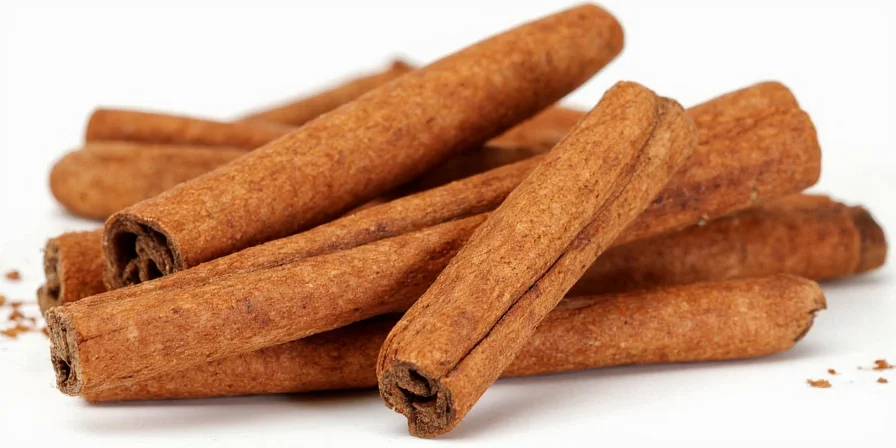
Cultivated primarily in Vietnam, Laos, and parts of Thailand, this cinnamon variety has a darker color and thicker bark compared to other types like Ceylon or Indonesian cinnamon.
The Controversy: What Makes It Potentially Toxic?
The main concern about Vietnamese cinnamon revolves around a compound called coumarin. Found in various plants, including certain types of cinnamon, coumarin can be harmful in large doses. So when people ask, “Is Vietnamese cinnamon toxic?” they’re usually referring to its coumarin levels.
But here’s the thing — toxicity depends on how much you consume. Just like how too much of anything—even water—can be dangerous, so it goes with coumarin.
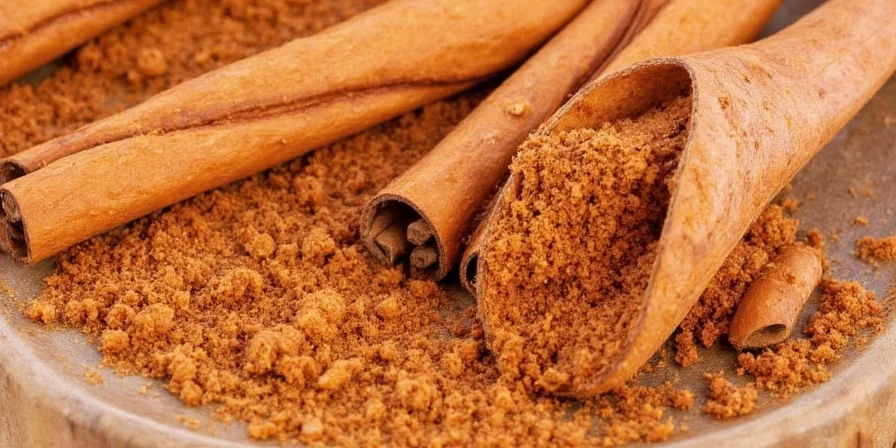
Cinnamaldehyde vs. Coumarin – The Spice Showdown
| Compound | Role in Cinnamon | Found In | Potential Risk |
|---|---|---|---|
| Cinnamaldehyde | Responsible for cinnamon's flavor and aroma | All cinnamon varieties | Generally safe |
| Coumarin | Natural preservative and fragrance agent | Cassia-type cinnamons (including Vietnamese) | Liver toxicity in high amounts |
So while both compounds contribute to cinnamon’s unique character, only coumarin poses a potential health issue — especially if consumed in excess.
5 Practical Tips for Using Vietnamese Cinnamon Safely
- Use in Moderation: A little goes a long way. Stick to small amounts in your recipes unless you're making something specifically designed to feature this bold spice.
- Dilute with Other Spices: Blend it with milder spices like nutmeg or cardamom to balance the intensity and reduce coumarin concentration per serving.
- Avoid Daily Overuse: If you use cinnamon every day (e.g., in smoothies or oatmeal), opt for Ceylon cinnamon instead — it contains negligible coumarin.
- Stick to Culinary Uses: Don’t use cinnamon as a supplement without consulting a healthcare professional, especially if you have liver issues.
- Store Properly: Keep in an airtight container away from heat and light to preserve freshness and potency.
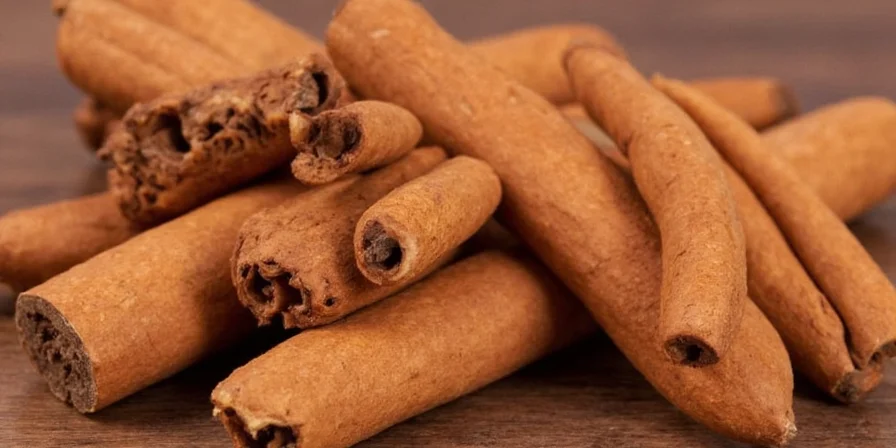
How Does It Compare to Other Cinnamon Types?
| Type | Coumarin Content | Flavor Profile | Best For |
|---|---|---|---|
| Vietnamese (Saigon) | High | Strong, sweet, spicy | Baking, hearty desserts |
| Indonesian (Korintje) | Moderate | Earty, medium strength | Commercial baking |
| Ceylon (True Cinnamon) | Negligible | Mild, delicate | Teas, daily use, delicate dishes |
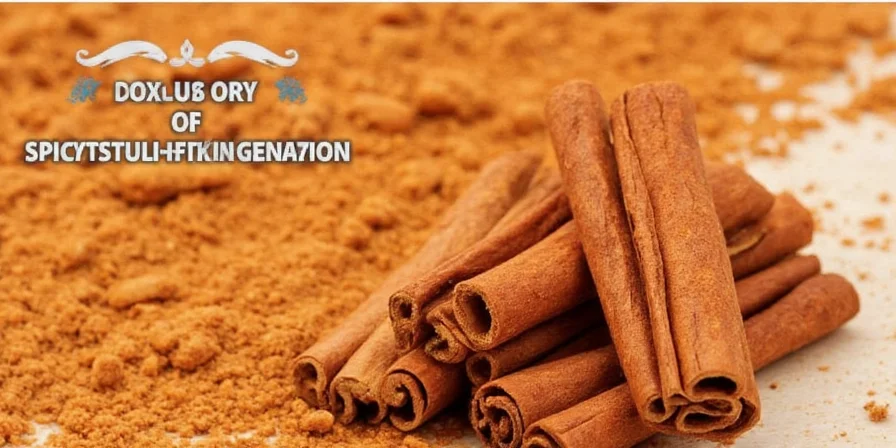
This handy table should help you pick the right cinnamon for your next recipe — and avoid unwanted side effects.
Cooking with Vietnamese Cinnamon – Flavor Like No Other
Because of its potent flavor, Vietnamese cinnamon shines in rich, bold dishes. Try using it in:
- Spiced Chocolates: Adds a fiery kick that balances sweetness.
- Pho Broth: A staple in many Vietnamese pho recipes for depth and warmth.
- Meat Rubs: Especially for duck or pork — it adds complexity to marinades.
- Apple Crisp: Goes well with tart apples for a fall-inspired treat.
- Hot Beverages: Sprinkle into hot cocoa or chai for a richer flavor profile.
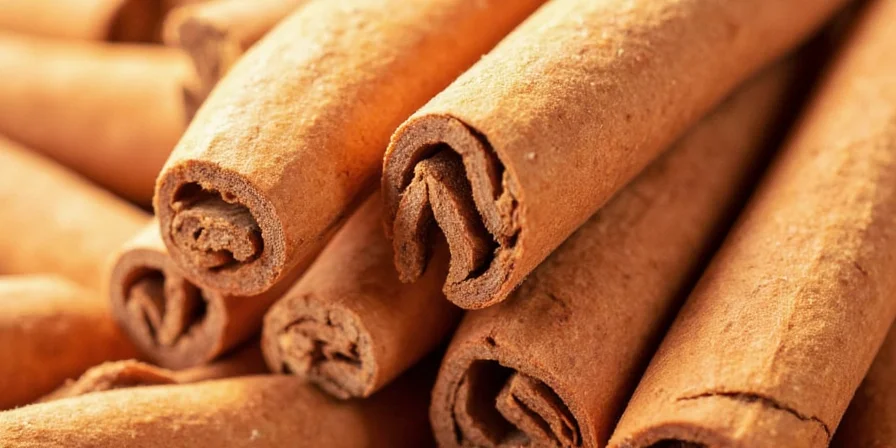
Final Verdict: Is Vietnamese Cinnamon Toxic?
Nope! Not if used correctly.
Vietnamese cinnamon isn’t toxic in the amounts typically used in cooking and baking. However, because it contains higher levels of coumarin than Ceylon cinnamon, overconsumption could potentially lead to health concerns — especially for those with pre-existing liver conditions.
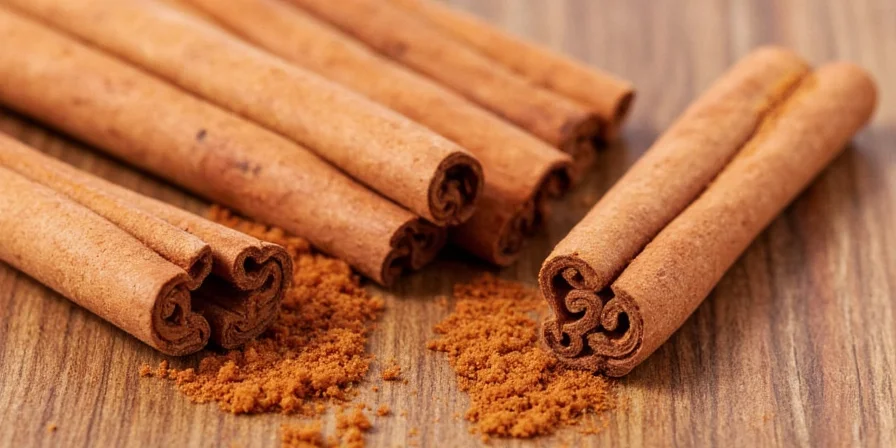
Think of it like hot sauce — great in moderation, but not something you’d eat by the spoonful. Use Vietnamese cinnamon wisely, enjoy its bold flavor, and you’ll be just fine.
Summary of Key Takeaways
- Vietnamese cinnamon (Saigon) is a type of cassia cinnamon.
- It contains coumarin, which can be harmful in large amounts.
- Ceylon cinnamon is a safer option for daily use due to its low coumarin content.
- Use Vietnamese cinnamon sparingly and combine with other spices for best results.
- Its bold flavor makes it ideal for rich desserts, meat dishes, and aromatic broths.
Now go forth, spice up your life, and remember: Vietnamese cinnamon may be strong, but it’s not out to get you — unless you decide to snort a tablespoon of it. Then... maybe it is.

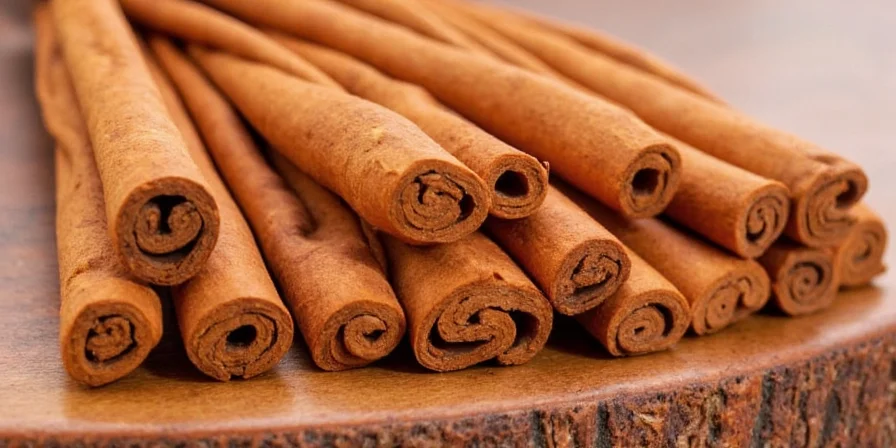









 浙公网安备
33010002000092号
浙公网安备
33010002000092号 浙B2-20120091-4
浙B2-20120091-4